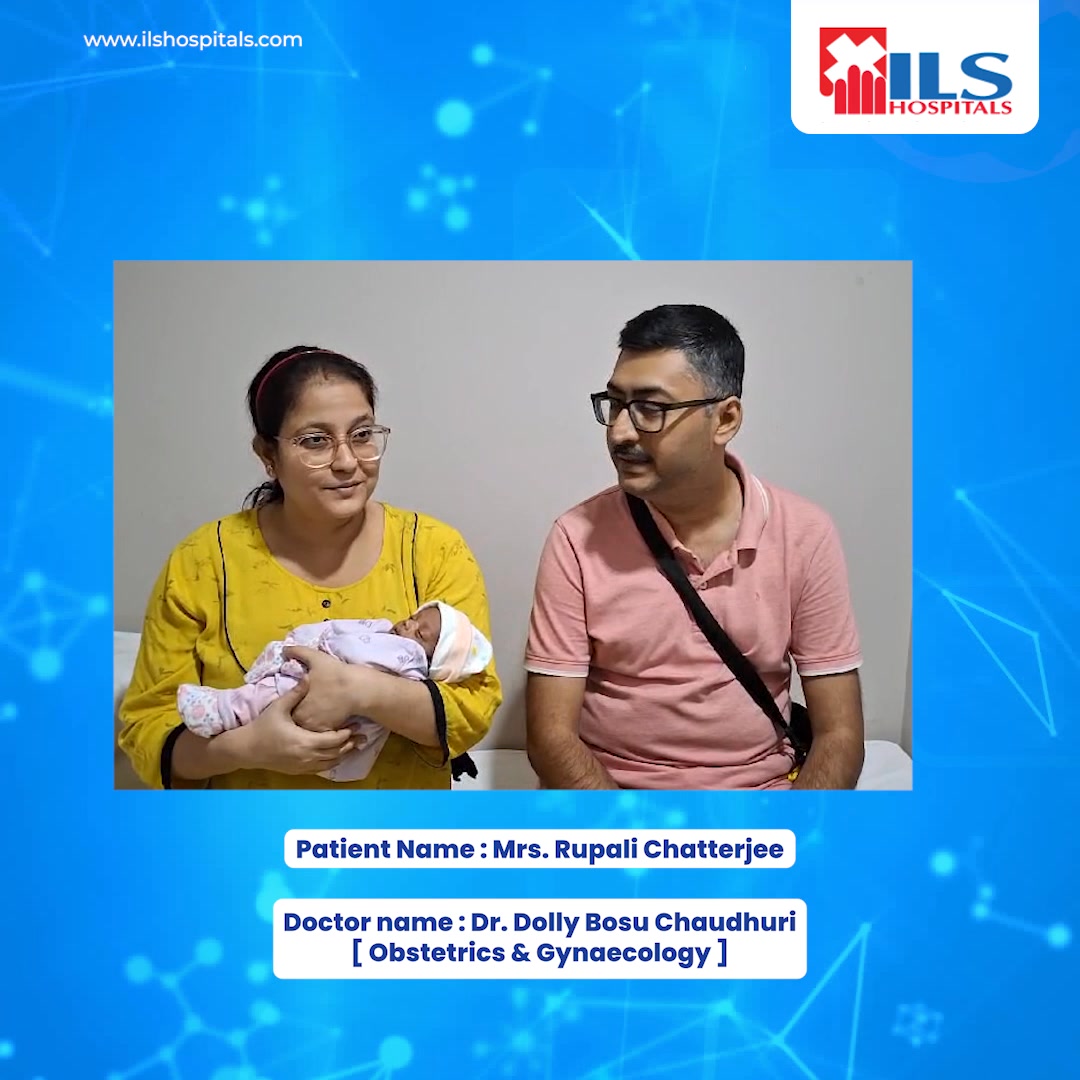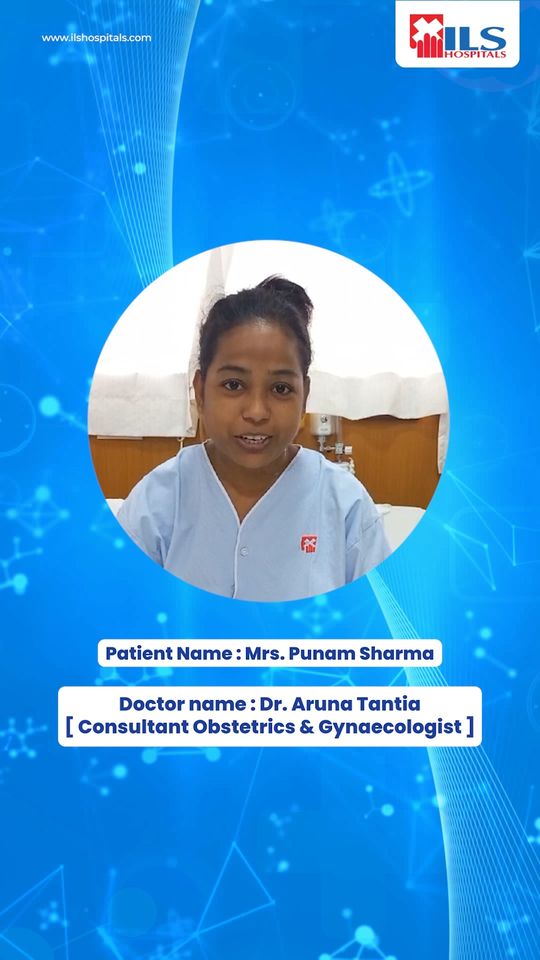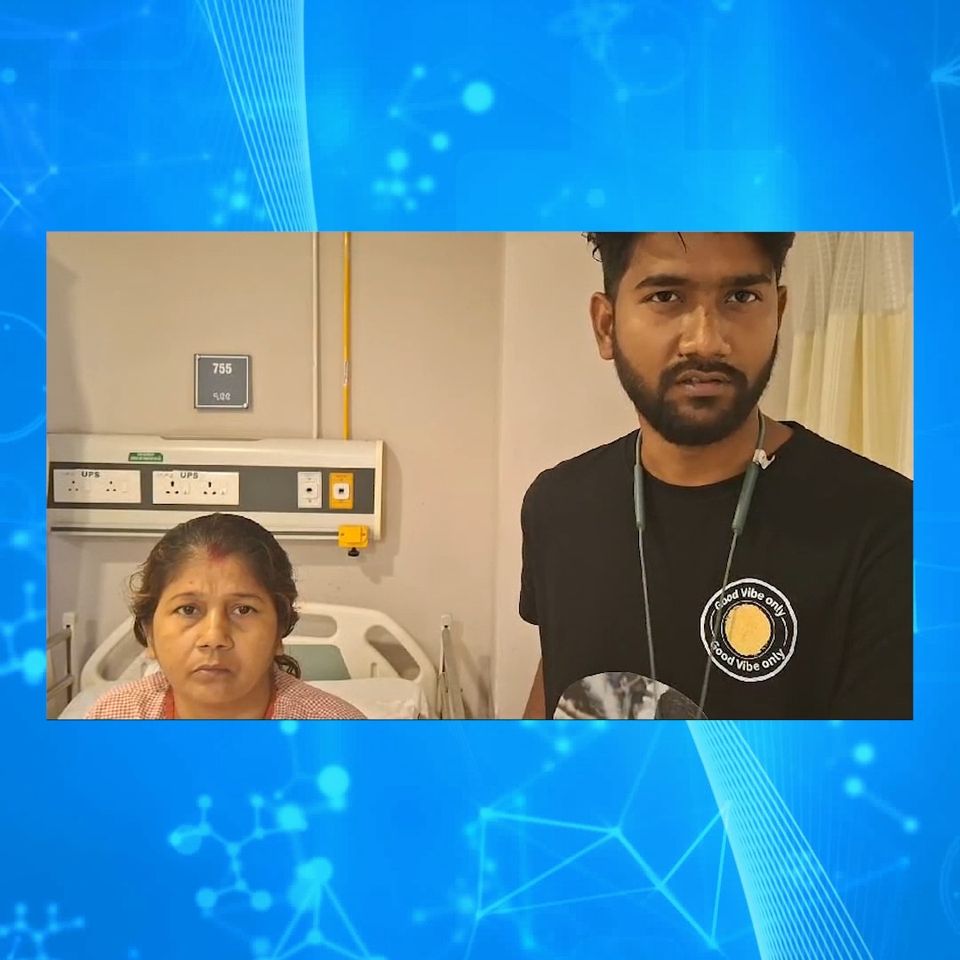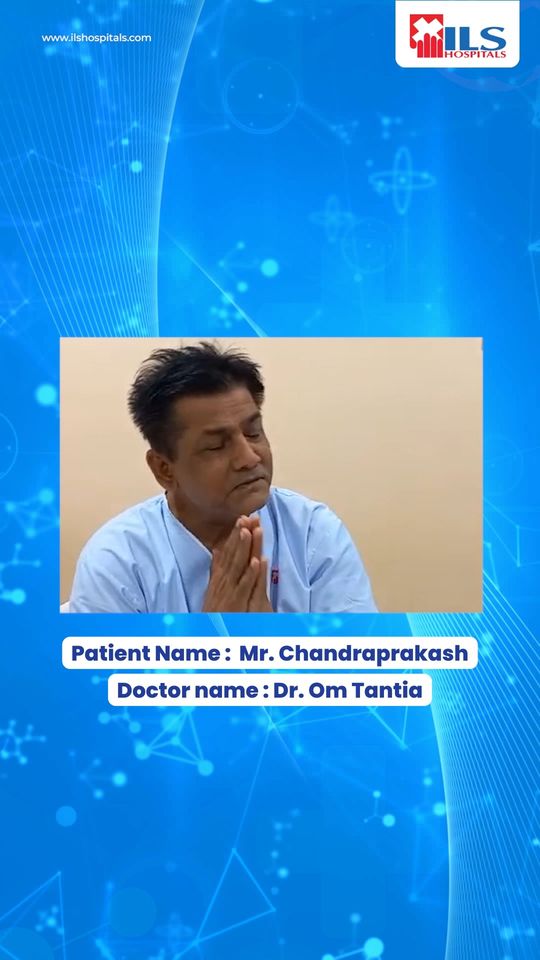Fibre-optic Bronchoscopy at ILS Hospitals: A Window to Pulmonary Health
At ILS Hospitals, we understand the critical role diagnostic procedures play in unveiling the mysteries of pulmonary conditions. Fibre-optic bronchoscopy is a state-of-the-art pulmonology procedure offered by our skilled healthcare professionals, providing a detailed examination of the respiratory system for accurate diagnoses.
Understanding Fibre-optic Bronchoscopy:
Fibre-optic bronchoscopy is a minimally invasive procedure that involves the insertion of a flexible, thin tube (bronchoscope) equipped with a light and camera through the nose or mouth, allowing direct visualization of the airways and lungs. This advanced diagnostic tool aids in assessing and diagnosing various respiratory conditions.
Key Aspects of Fibre-optic Bronchoscopy:
- Direct Visualization:
- The bronchoscope allows direct visualization of the trachea, bronchi, and bronchioles, enabling the pulmonologist to examine the lung’s interior closely.
- Diagnostic and Therapeutic:
- Apart from diagnosing conditions, fibre-optic bronchoscopy can be used for therapeutic purposes, such as removing foreign bodies, obtaining tissue samples, or administering treatments directly.
- Minimally Invasive:
- The procedure is minimally invasive compared to traditional surgical methods, leading to shorter recovery times and reduced discomfort.
- Versatile Applications:
- Fibre-optic bronchoscopy is employed for various purposes, including investigating persistent coughs, evaluating abnormal chest X-rays, diagnosing lung infections, and obtaining biopsy samples.
Indications for Fibre-optic Bronchoscopy:
- This procedure may be recommended in the following scenarios:
- Unexplained Respiratory Symptoms: When a patient experiences persistent cough, shortness of breath, or chest pain without an apparent cause.
- Abnormal Chest Imaging: To investigate abnormalities detected in chest X-rays or CT scans.
- Lung Infections: When infections such as pneumonia or tuberculosis are suspected.
- Lung Cancer Evaluation: To obtain tissue samples for the diagnosis and staging of lung cancer.
- Foreign Body Removal: In cases where a foreign object is suspected to be lodged in the airways.
The Fibre-optic Bronchoscopy Procedure:
- Preparation:
- Before the procedure, patients may be instructed to fast for a few hours. Sedation or local anaesthesia is administered for comfort.
- Bronchoscope Insertion:
- The bronchoscope is gently inserted through the nose or mouth and guided into the airways. The pulmonologist carefully examines the respiratory tract.
- Sample Collection:
- If needed, the bronchoscope can be used to collect tissue samples (biopsy), fluid, or mucus for laboratory analysis.
- Post-Procedure Monitoring:
- After the procedure, patients are monitored for a brief period to ensure there are no immediate complications.
Post-Bronchoscopy Care:
- Observation: Patients may be observed for any signs of complications, and vital signs are monitored.
- Recovery: Most patients can resume normal activities shortly after the procedure.
- Results: The pulmonologist discusses the findings and any necessary follow-up steps with the patient.
Choosing ILS Hospitals for Pulmonary Care:
Our pulmonologists at ILS Hospitals combine expertise with cutting-edge technology to offer precise diagnostic procedures like fibre-optic bronchoscopy. With a commitment to providing comprehensive pulmonary care, we ensure that our patients receive accurate diagnoses and personalized treatment plans. Trust ILS Hospitals for advanced pulmonology services, supporting your journey to respiratory health.




































